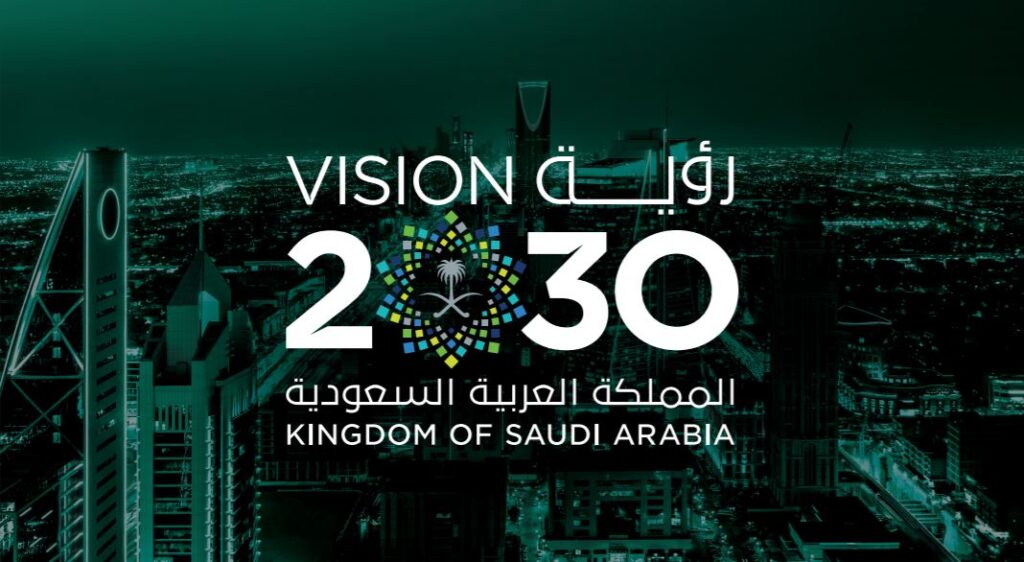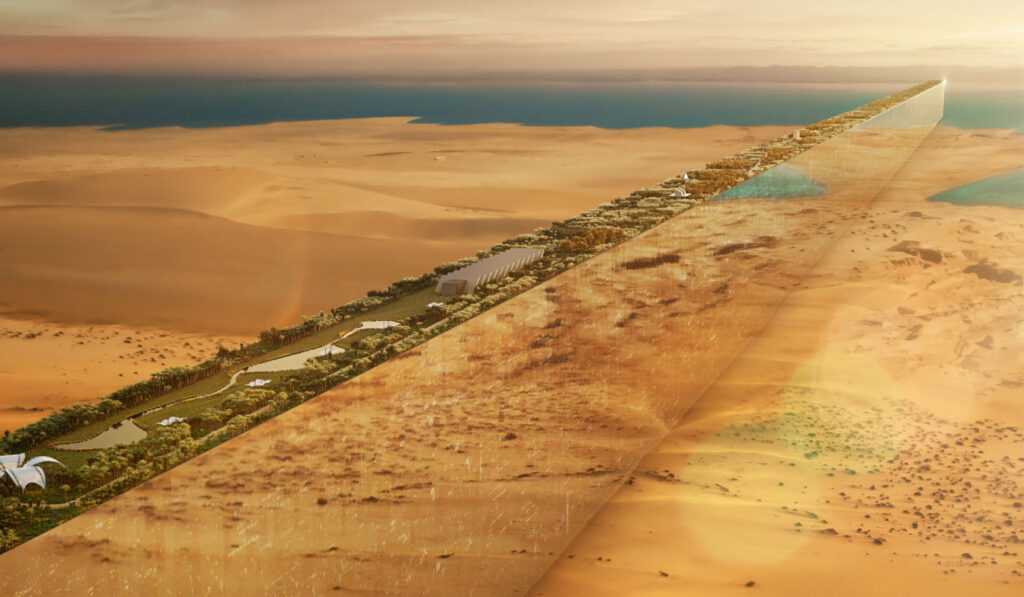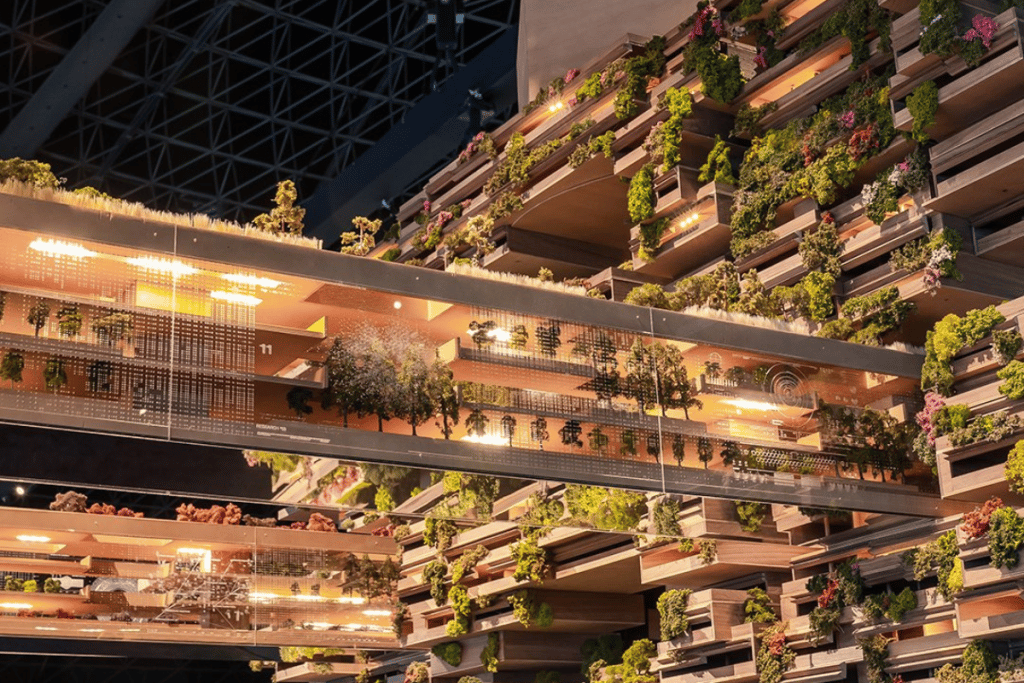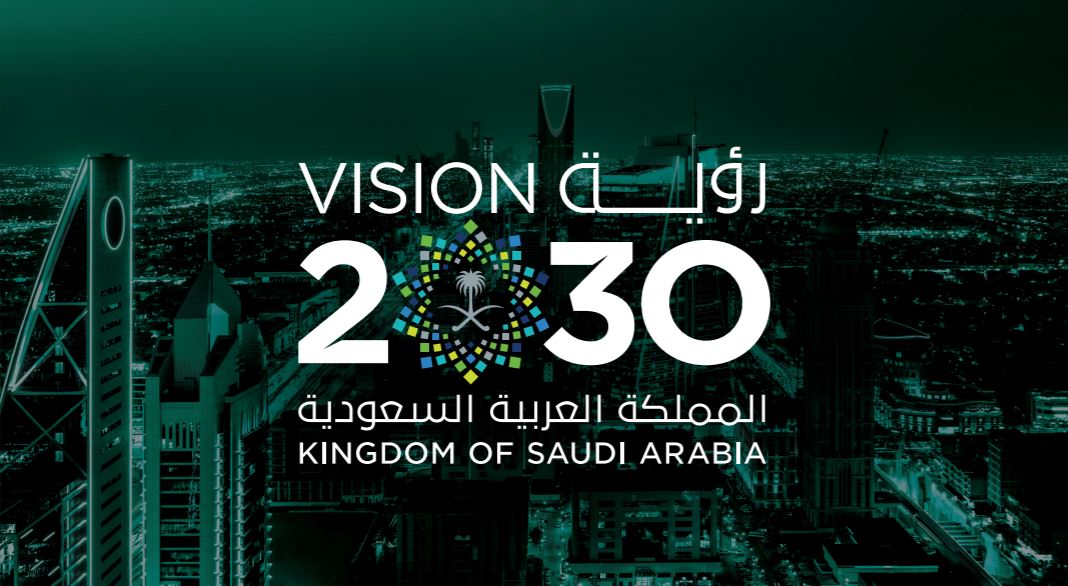Vision 2030 for Saudi Arabia : Neom Projects Of Saudi Arabia

In the ever-evolving realm of Egypt’s urban development and Vision 2030 for Saudi Arabia, two distinct narratives are unfolding. Led by President Abdel Fattah al-Sisi and Crown Prince Mohammed bin Salman (MBS) respectively, these nations are spearheading ambitious projects that promise to reshape their urban landscapes. However, the contrasting strategies employed by these **autocratic regimes** offer intriguing insights into the complexities of modern governance and the challenges of sustainable development in the 21st century.
Egypt’s Technocratic Approach to Urban Development
President al-Sisi’s regime in Egypt epitomizes a classic technocratic model, prioritizing modernization and economic growth as key pillars of its legitimacy. The government’s flagship initiative, New El-Alamein, exemplifies this approach, targeting wealthy tourists and aiming to alleviate the congestion and pollution plaguing Cairo. By investing heavily in infrastructure and promoting tourism, the regime seeks to showcase Egypt as a modern, progressive nation.
However, beneath this facade of progress lies a reality marked by repressive measures and limited political freedoms. The regime’s tight control over the military and economy raises questions about transparency, accountability, and the long-term sustainability of its development strategies. Despite its ambitious goals, Egypt’s technocratic approach to urban development has yet to deliver tangible benefits for all citizens, especially those marginalized by the regime’s authoritarian policies.
Vision 2030 for Saudi Arabia: A New Era of Urban Innovation
In contrast, Crown Prince Mohammed bin Salman’s Vision 2030 for Saudi Arabia represents a bold departure from the kingdom’s traditional reliance on petro-dollars. This ambitious plan encompasses a wide range of initiatives aimed at diversifying the economy, promoting cultural exchange, and fostering technological innovation. At the heart of Vision 2030 lies The Line, a futuristic linear city designed to be environmentally friendly, technologically advanced, and socially inclusive.

With contributions from renowned architects and designers, including David Adjaye and Coop Himmelb(l)au, The Line has captured global attention and sparked debate about the future of urban living. However, the project’s grand ambitions and high-profile endorsements have also attracted criticism, with skeptics questioning its feasibility, sustainability, and potential impact on local communities and the environment.
The Line: A Digital Dream or Reality?
Despite its grandiose vision and international acclaim, The Line’s future remains shrouded in uncertainty. Originally conceived as a 105-mile-long glass-walled city, the project has undergone significant revisions, with plans now scaled back to just one and a half miles. This drastic reduction has led to speculation about the project’s feasibility and sustainability, casting doubt on MBS’s grand vision for the future.

Moreover, the involvement of Western architects and designers in this controversial project raises ethical and environmental concerns. Critics argue that The Line’s linear design and high-tech infrastructure may exacerbate social inequalities, displace local communities, and contribute to environmental degradation. As such, the project serves as a cautionary tale for architects, policymakers, and citizens alike, highlighting the potential pitfalls of pursuing ambitious urban development projects without adequate consideration of their social, economic, and environmental implications.
Autocratic Urbanism: A Tale of Two Cities
The contrasting approaches of Egypt and Saudi Arabia offer valuable insights into the evolving strategies of autocratic urbanism in the modern world. While al-Sisi’s Egypt relies on traditional technocratic methods and repressive measures to maintain control and legitimacy, MBS’s Saudi Arabia is leveraging ambitious megaprojects, sophisticated PR campaigns, and strategic alliances with Western powers to rebrand itself on the global stage.
As we navigate this complex landscape of autocratic urbanism, it’s crucial to remain critical and engaged. The rise and potential fall of projects like The Line serve as cautionary tales for architects, policymakers, and citizens alike, highlighting the need for greater transparency, accountability, and public participation in urban development initiatives. In an era defined by global challenges such as climate change, social inequality, and geopolitical tensions, the stakes have never been higher.
Conclusion: Navigating the Future of Urban Development
The stories of Egypt’s New Administrative Capital and Saudi Arabia’s Neom project offer compelling insights into the complexities and contradictions inherent in modern autocratic governance and urban development. As these nations strive to reshape their urban landscapes, attract foreign investment, and gain international recognition, they must also address pressing issues of sustainability, transparency, and public engagement.
As a society, we must challenge the status quo, demand accountability from our leaders and institutions, and actively participate in the debate on urban development and governance. By staying informed, advocating for equitable and sustainable policies, and holding our leaders accountable, we can ensure that future cities are built with the needs and aspirations of all citizens in mind.
Join the conversation and share your thoughts on the rise and fall of The Line, the challenges and opportunities of autocratic urbanism, and the future of sustainable and inclusive urban development in the 21st century. Together, we can shape a more sustainable, inclusive, and equitable future for all.
Read Also:



